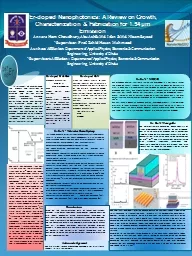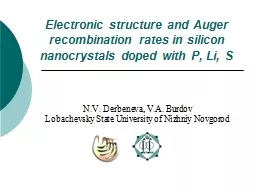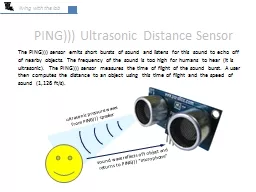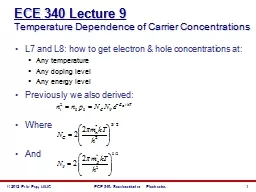PDF-Highly Doped Silicon Substrate(opposite type of doping)
Author : tawny-fly | Published Date : 2016-03-04
Top ViewCross section Hg probe Implant SiO2 Highly Doped Silicon Substrateopposite type of doping Top ViewCross section Hg probe Implant SiO2 Fig 3 Schematic drawing
Presentation Embed Code
Download Presentation
Download Presentation The PPT/PDF document "Highly Doped Silicon Substrate(opposite ..." is the property of its rightful owner. Permission is granted to download and print the materials on this website for personal, non-commercial use only, and to display it on your personal computer provided you do not modify the materials and that you retain all copyright notices contained in the materials. By downloading content from our website, you accept the terms of this agreement.
Highly Doped Silicon Substrate(opposite type of doping): Transcript
Download Rules Of Document
"Highly Doped Silicon Substrate(opposite type of doping)"The content belongs to its owner. You may download and print it for personal use, without modification, and keep all copyright notices. By downloading, you agree to these terms.
Related Documents












